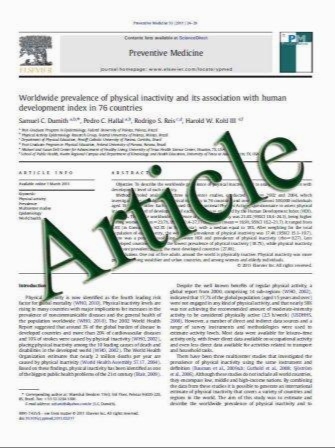Helicobacter pylori Eradication Therapy in Obese Patients Undergoing Gastric Bypass Surgery—Fourteen Days Superior to Seven Days?
- نوع فایل : کتاب
- زبان : انگلیسی
- مؤلف : Rute Maria Cerqueira & M. Conceição Manso & Manuel R. Correia & Carolina D. Fernandes & Hélder Vilar & Mário Nora & Paulo Martins
- چاپ و سال / کشور: 2010
Description
Background The high prevalence of Helicobacter pylori (HP) in our obese population undergoing Roux-en-Y bypass gastric surgery (69.4%) and the concern that it may exacerbate postoperative foregut symptoms and increase gastric cancer risk led us to adopt a policy of HP systematic eradication in this group of patients. Our aim, in obese patients undergoing bypass gastric surgery, was to compare effectivity of 7- and 14-days clarithromycin-based triple therapy as the first-line treatment for HP eradication. Methods Three hundred seventy-three patients [mean age 41.2±10.3 years; 313 women (83.9%)] were HP positive determined by histology or urea breath test. In 2005, 94 patients (Group A) were treated with a 7-days triple therapy— proton pump inhibitor (PPI) b.i.d., clarithromycin (CL) 500 mg b.i.d., and amoxicillin (AMX) 1,000 mg b.i.d. Since 2006, 279 patients (Group B) were treated with a similar 14- days drug regimen—PPI b.i.d., CL 500 mg b.i.d., and AMX 1,000 mg b.i.d. Posttreatment HP status was assessed by C13 urea breath test 4–6 weeks after the end of therapy. Results The eradication rates were 67.0% (Group A) and 79.9% (Group B). The eradication rate achieved with 14-days triple therapy was significantly higher than with 7-days triple therapy (OR=1.96; 95% CI: 1.16–3.30; p=0.016). Conclusions A 14-days triple therapy is more effective than 7-days triple therapy suggesting this regimen should be the first-line therapy for HP eradication in Portuguese obese patients undergoing bypass gastric surgery.
OBES SURG DOI 10.1007/s11695-010-0254-4


